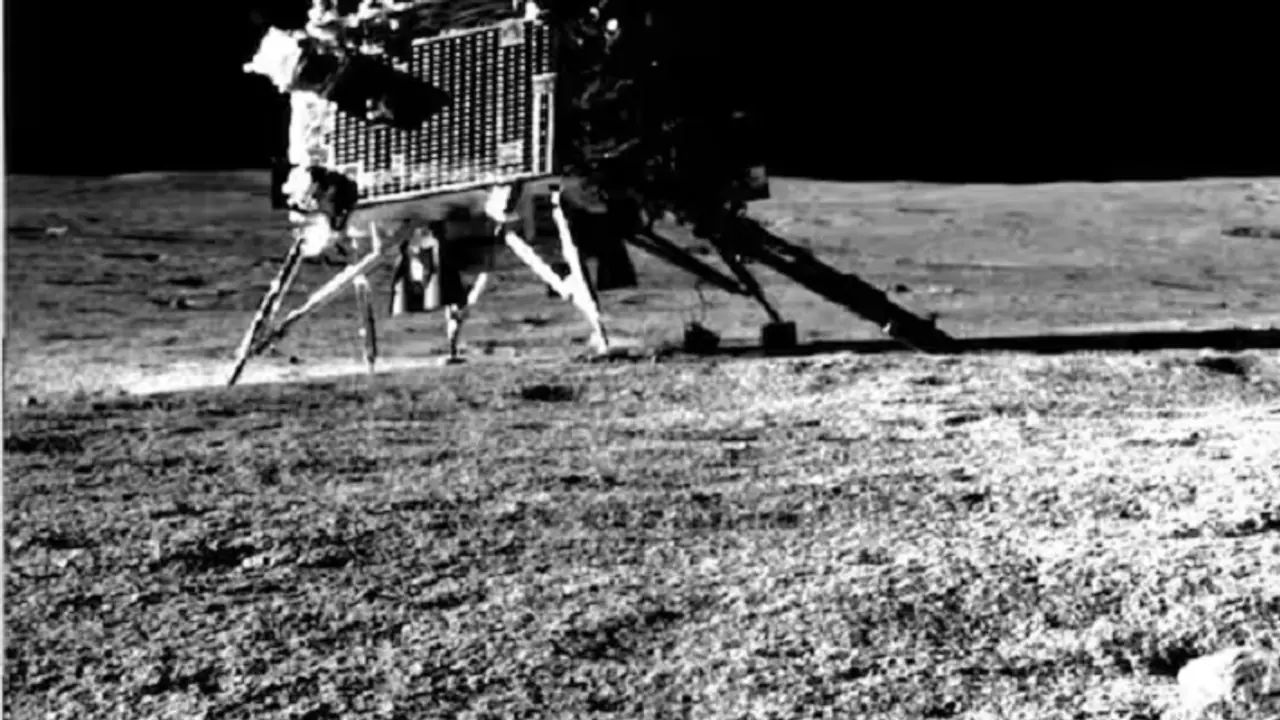The Education Ministry has responded to concerns over the inclusion of science with mythology in special modules related to Chandrayaan-3. While some media reports criticized the focus on mythology and terminology, the ministry aims to instill pride in India's accomplishments through pedagogically enriched curricular resources
The Education Ministry has issued a response to recent media reports concerning the incorporation of science with mythology in the context of special modules related to Chandrayaan-3. The ministry's clarification emphasizes the importance of equipping both teachers and students with knowledge that transcends traditional textbooks, especially in light of the remarkable advancements and achievements at the national level.

What Media reports Claimed
The module named 'Chandrayaan Utsav' has come under criticism in media reports for blending science with mythology. There are concerns that the piece focuses excessively on Prime Minister Narendra Modi rather than highlighting the significant contributions of the Indian Space Research Organisation (ISRO) and the dedicated scientists involved in the mission.
Critics have pointed out that the script consistently refers to India as 'Bharat' throughout its 17 pages. This choice of terminology has sparked reactions from rationalists and educators who argue that the material should prioritize the scientific aspects of the mission and its overall significance. As a result, there have been calls for the withdrawal of the module.
Several media outlets have cited excerpts from the module's introduction, which includes the following passage: 'Did this scientific achievement happen only now? Didn’t it happen in the past? Didn’t people in the past think about this? Literature tells us that it can be traced back through Vymaanika Shaastra: ‘Science of Aeronautics’, which reveals that our country had the knowledge of flying vehicles in those days.' Additionally, the module goes on to provide detailed information about Vymaanika Shaastra, offering 'mind-boggling details of construction, working of engines, and the gyroscopic systems.'
Module Objective
According to the Education Ministry, the objective of this endeavour is to instil a profound sense of pride in the nation's accomplishments and to present these achievements in an accessible and captivating manner to the educational community.
One of the prominent achievements highlighted in this initiative is the successful landing of Chandrayaan-3 on the Moon on August 23, 2023. Recognizing the significance of acquainting the 26 crore students in India's school education system with this remarkable space mission, the National Council of Educational Research and Training (NCERT) has proactively taken steps to develop pedagogically enriched curricular resources covering a wide range of themes.
Themes for Special Modules
The initial theme chosen for the development of these special modules is Chandrayaan-3. NCERT has meticulously crafted ten special modules on this mission, offering a comprehensive overview of various facets, including scientific, technological, cultural, and social aspects. These modules also delve into the emotional journey and team spirit of the scientists involved in this historic mission.
What sets these modules apart is the thoughtful design that makes them interactive and engaging. They include graphics, photographs, illustrations, activities, challenging questions, and more, catering to students across different stages of school education, from grades 1 to 12. Importantly, the content within these modules has been created with a focus on the relevance of themes for different educational stages. They feature stories, cases, quiz questions, and activities aimed at motivating self-paced learning among students and encouraging teachers to guide their students through experiential learning.
Recognising ISRO
Furthermore, NCERT acknowledges and highlights the significant role played by ISRO (Indian Space Research Organisation) scientists, who have been duly credited and recognized in these modules on Chandrayaan-3. The contributions of renowned scientists such as Dr. Vikram Sarabhai, Dr APJ Abdul Kalam, Dr. S Somnath, Dr. K Sivan, Nandini Harinath, and many others are prominently featured in different modules at different stages.
Additionally, the modules underscore the commitment of Prime Minister Narendra Modi to space achievements and his unwavering support and encouragement to Indian scientists. Recognizing the Prime Minister's role serves to inspire students and motivate them to take an interest in science and technology.
The integration of these significant achievements and the recognition of the collaborative efforts of scientists, engineers, and political leaders, including Prime Minister Modi, reflect the strength and progress of Atmanirbhar Bharat (self-reliant India). This vision, coupled with the revision in the Space policy, has propelled the country towards self-reliance in the field of space exploration.
Integration of Culture into Education
It's worth noting that mythology and philosophy play a vital role in nurturing ideas, which in turn lead to innovation and research. Several research studies emphasize the indispensable role of mythology in the cultural fabric of any country, including India. The integration of culture into education not only fosters a profound understanding of a nation's historical legacy but also bolsters creativity and problem-solving skills among students. This approach reflects the rich cultural tapestry of India's association with the sky and space.
